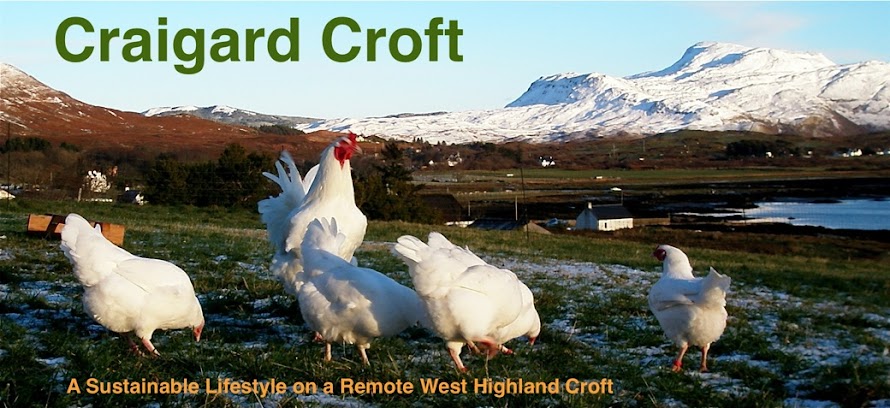 |
| Cornish game centre |
Supermarket chicken has the taste and texture of soggy cardboard ( except perhaps for free range organic brands). Traditional table breeds, raised on grass, fed on grain and finished at anything up to five months of age are completely different. The difference is like that between farmed salmon and wild caught salmon. Wild caught fish have better texture and flavour.
This year I hatched some Cornish Game just to find out how fast they grew and what they tasted like when compared with my La Bresse poultry. In France La Bresse are a real luxury, people are prepared to spend up to fifty Euros for one. You can see them displayed in chill cabinets, still with the head on and their distinctive blue feet and legs to make sure that they are genuine.
 |
| Cook and chickens |
On Thursday they will be cooked by Mrs. Campbell and then tasted by a panel of five. Results on Friday.

1 comment:
Friday.... we ate them last night but it was difficult to discern any difference in flavour or texture, both were excellent. Of course the cook has a huge influence too.
Post a Comment